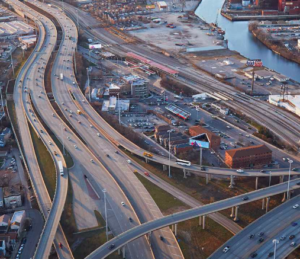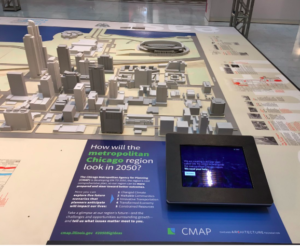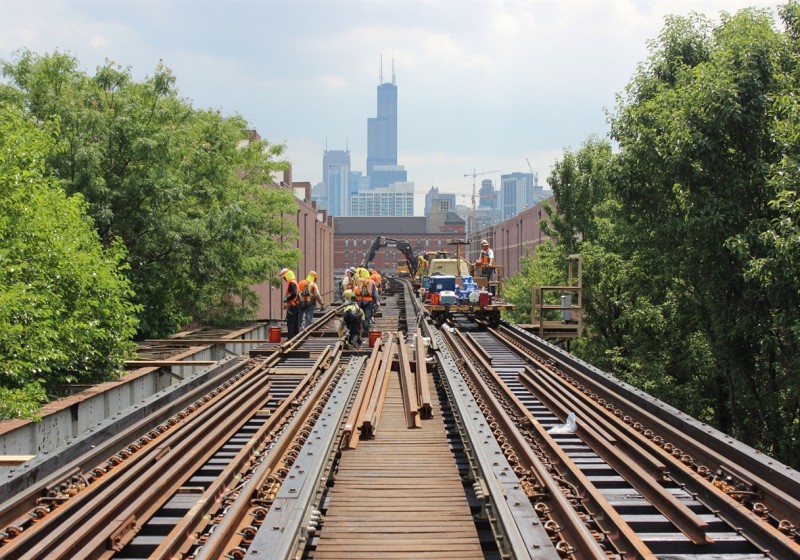The Chicago region’s transportation system needs $24 billion over the next three decades just to keep our highways, buses and trains operating in their current condition, but that money is nowhere in sight, according to the Chicago Metropolitan Agency for Planning.
That’s the dire outlook contained in the agency’s newly approved comprehensive plan, “On to 2050,” which guides transportation investments and outlines regional priorities on development, the environment, the economy, and other issues affecting quality of life.
The new plan, three years in the making, was rolled out Wednesday at an event at Millennium Park attended by an array of public officials, civic leaders and concerned citizens. But unless legislators in Springfield, among others, pay attention to the document’s reasons and recommendations and take action, the status quo won’t change.
On to 2050 covers much ground, which the Chicago Transportation Journal will start to approach these topics with a look at one of its recommendations: increasing the gas tax and replacing it with a “road-usage charge.”
“Systemic shifts are leading to declining revenues, and structural problems make current revenue sources inadequate for maintaining and operating the system,” the plan notes.
For example, revenues generated from the federal and state motor fuel taxes (MFTs) have lost significant purchasing power due to inflation. Meanwhile, average vehicle fuel economy has been rising and vehicle travel has been stagnant, resulting in less fuel consumption.
“These trends will…


